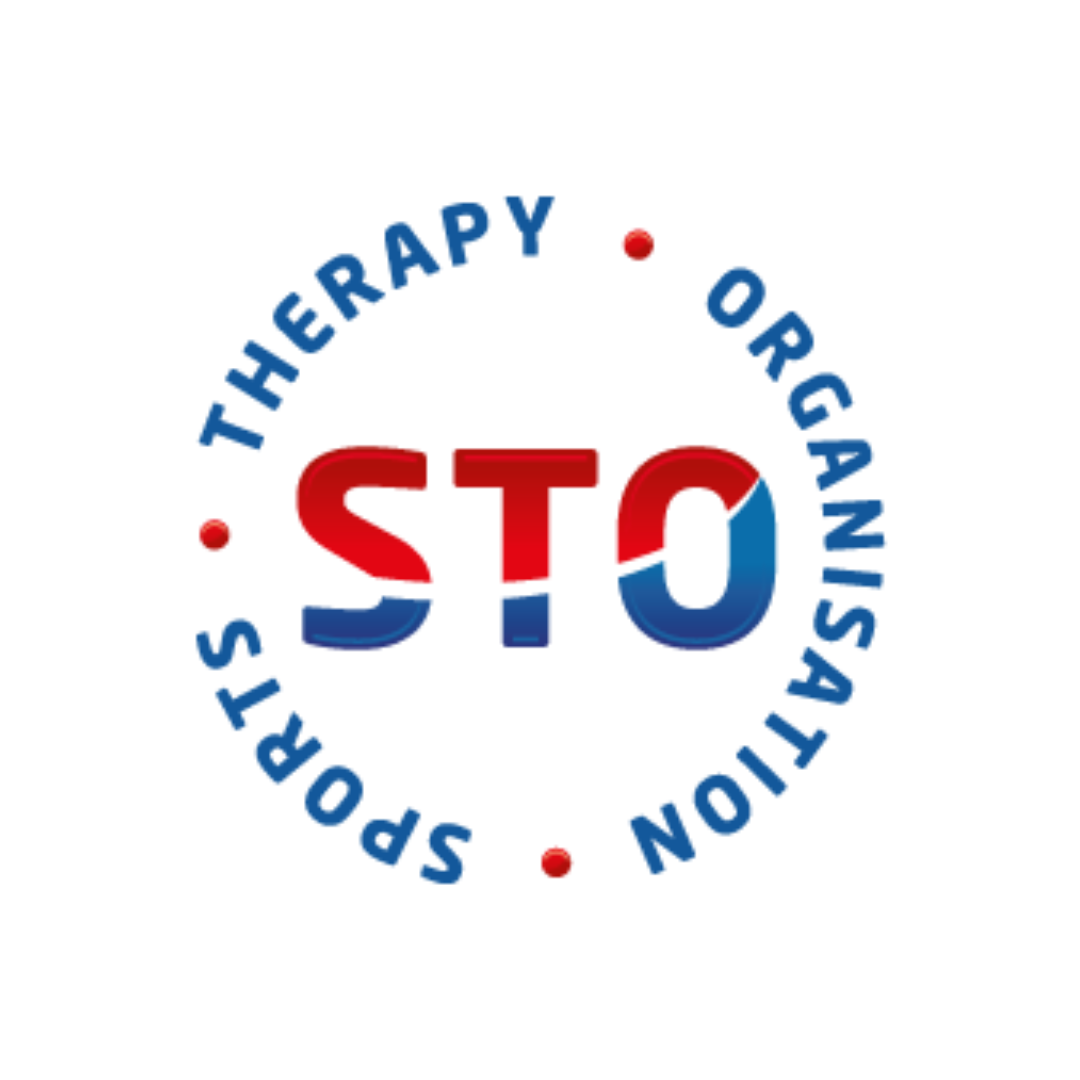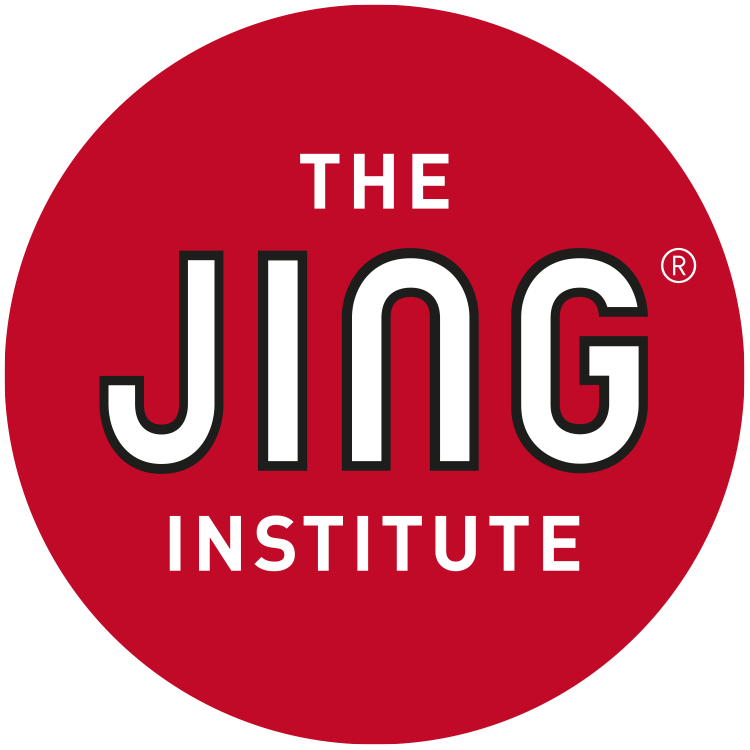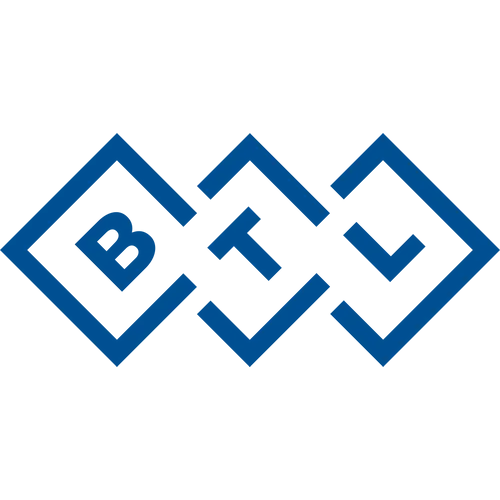)
Why sales take longer than many expect
Industry data suggests that only around 30% of saleable businesses complete a transaction inside six months. Around 60% of saleable businesses will complete within 12 months, and by 18 months the majority have found a buyer. At Verilo, 83% of our mandates complete within 12 months, which is significantly above the market norm.
By saleable, we mean businesses with the fundamentals buyers are actively seeking: strong profitability, clear financial reporting, a level of management independence, and services or locations that align with consolidator strategies. Examples include multi-site physiotherapy practices, aesthetic groups with recurring revenue, and medical centres that can be integrated into a broader network.
That success is not about cutting corners but about knowing when to go to market, which buyers are active at that moment, and how to create genuine competitive tension between them.
Understanding buyer cycles
Private equity-backed trade buyers move in phases. With new funding secured, they enter an acquisition phase: going all-in for several months, building pipelines, and making highly competitive offers for the right assets.
After a flurry of deals, they enter consolidation. Here, they pause new acquisitions while focusing on integrating recent purchases, managing systems, and ensuring financial discipline. During this period, external sellers often find conversations slow down.
Then, another group of buyers enters the market, or the original group resumes activity – and the cycle begins again. For sellers, the market can feel like a series of bursts and pauses.
Why patience and process matter
For owners, this means two things. First, patience is essential. If your business comes to market in a quieter phase, you may need to wait a few months for activity to pick up. Second, process is everything. By running a structured, competitive process – rather than accepting the first off-market offer – you ensure that when the cycle swings in your favour, multiple parties are competing for your business.
Going to market without this context risks underselling. Off-market deals may look attractive in the moment, but they often fail to reflect the true demand just around the corner. Sellers who understand the cycle, and who have an advisor that knows which buyers are in which phase, are far better placed to secure the right price and terms.
Implications for buyers
For buyers, the cyclical nature of activity is a function of resources and integration. But when they are active, they compete aggressively. That competition is precisely what drives valuations up – and what makes a well-run sale process so important.
Over the past two years, we’ve worked with multiple PE-backed consolidators following this pattern. When they’re active, they fight hard for the right assets. When they step back, the market doesn’t stop – it simply shifts to the next group.
For sellers, the message is clear: don’t be discouraged if momentum slows, and don’t assume a deal is lost if the first buyer retreats. With the right guidance, another buyer is usually close behind.
Conclusion
Selling a £1M–£5M business is not about speed alone. It’s about timing, process, and patience. The market moves in waves, and the owners who succeed are those who prepare early, stay the course, and work with people who know the cycles and the players.
Key takeaway:
Don’t get tempted by the first offer or disheartened by delays. The right deal is often just around the corner – if you’re prepared and running a proper process.


.png)
.png)











.png)




